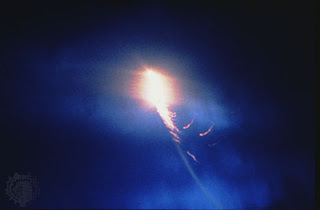

There are several potential explanations for that trend, but one is simply that more massive galaxies or globular clusters have more stars. That mass makes the cluster even harder to explain because across the cosmos, the more massive a galaxy or cluster is, the more heavy elements it normally has. RBC EXT8 is heavy, but not the heaviest.) (A mid-weight globular cluster is about 100,000 solar masses, but some clusters reach 3 million solar masses. What’s more, given its metal-poor status, this cluster is surprisingly massive, weighing about 1.14 million times the mass of the sun. The cluster has surprisingly few heavy elements for its size, a new study finds. The bigger, fuzzy blob in the inset image at left is RBC EXT8, a globular cluster that orbits about 88,000 light-years from the center of the galaxy Andromeda (shown at right). “It was completely unexpected that we would find a globular cluster that is so metal poor,” says astronomer Søren Larsen of Radboud University in Nijmegen, the Netherlands. The globular cluster that held the previous record for lowest “metallicity” has three times that amount. The most metal-poor clusters were about 300 times less rich in heavy elements like iron than the sun, but no less.īut spectra of RBC EXT8, some 2.5 million light-years away, show that the cluster’s metal content is about 800 times less than the sun’s. Previous observations of these clusters in the Milky Way and other galaxies had suggested that there’s a limit to how low a globular cluster’s metal content can be. The clusters are typically billions of years old, so their stars tend to be chemically pristine, meaning they formed before the universe had time to create much of any of the elements heavier than hydrogen or helium, which astronomers lump together as “metals.” Globular clusters are crowded, spherical collections of stars that orbit a galaxy’s center, though most, including RBC EXT8, live in the galactic outskirts. “It’s a very unusual object,” says astrophysicist Oleg Gnedin of the University of Michigan in Ann Arbor, who was not involved in the new discovery. Named RBC EXT8, this globular cluster is also surprisingly massive, challenging theories for how such clusters and some galaxies form, astronomers report online October 15 in Science. A strange, newly measured clump of stars orbiting the nearby Andromeda galaxy has the lowest level of heavy chemical elements ever seen in one of these mysterious star clusters.


 0 kommentar(er)
0 kommentar(er)
